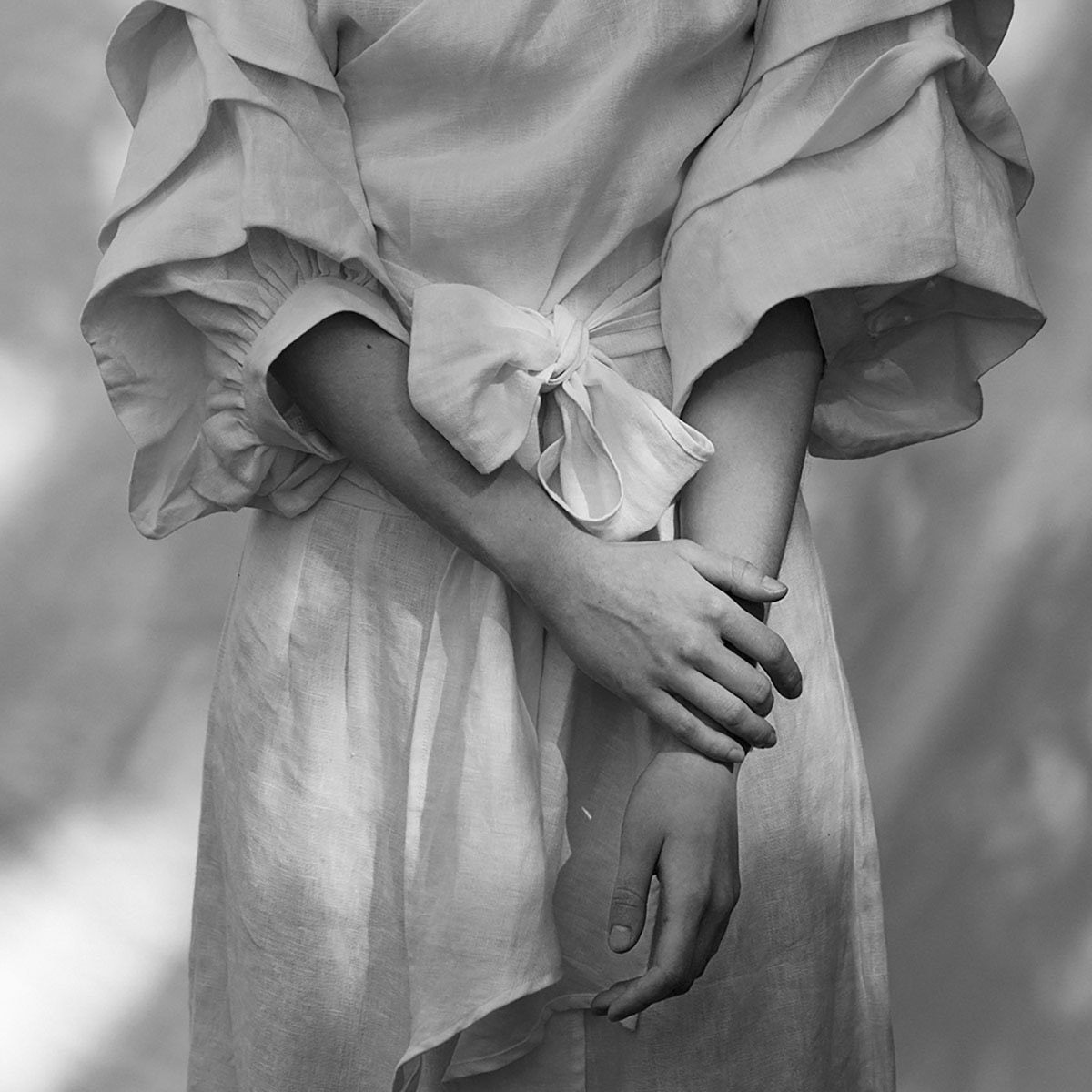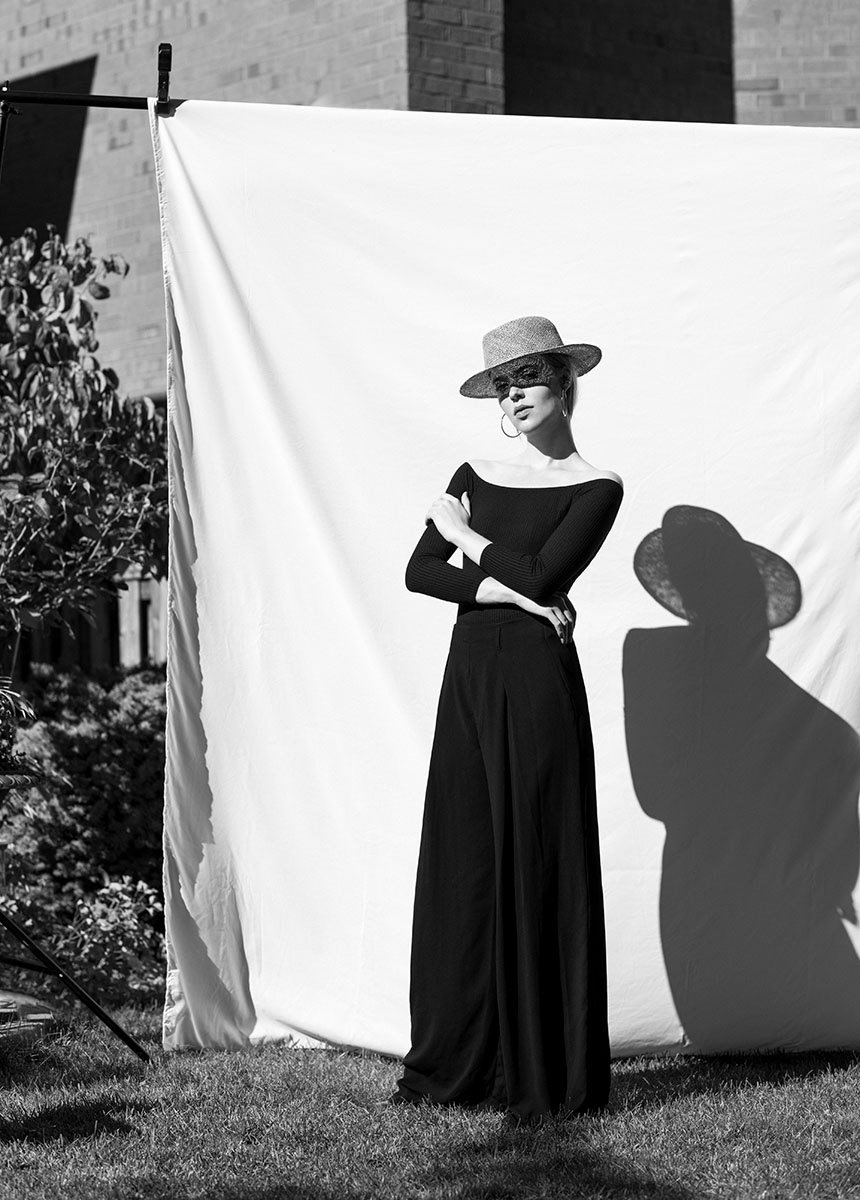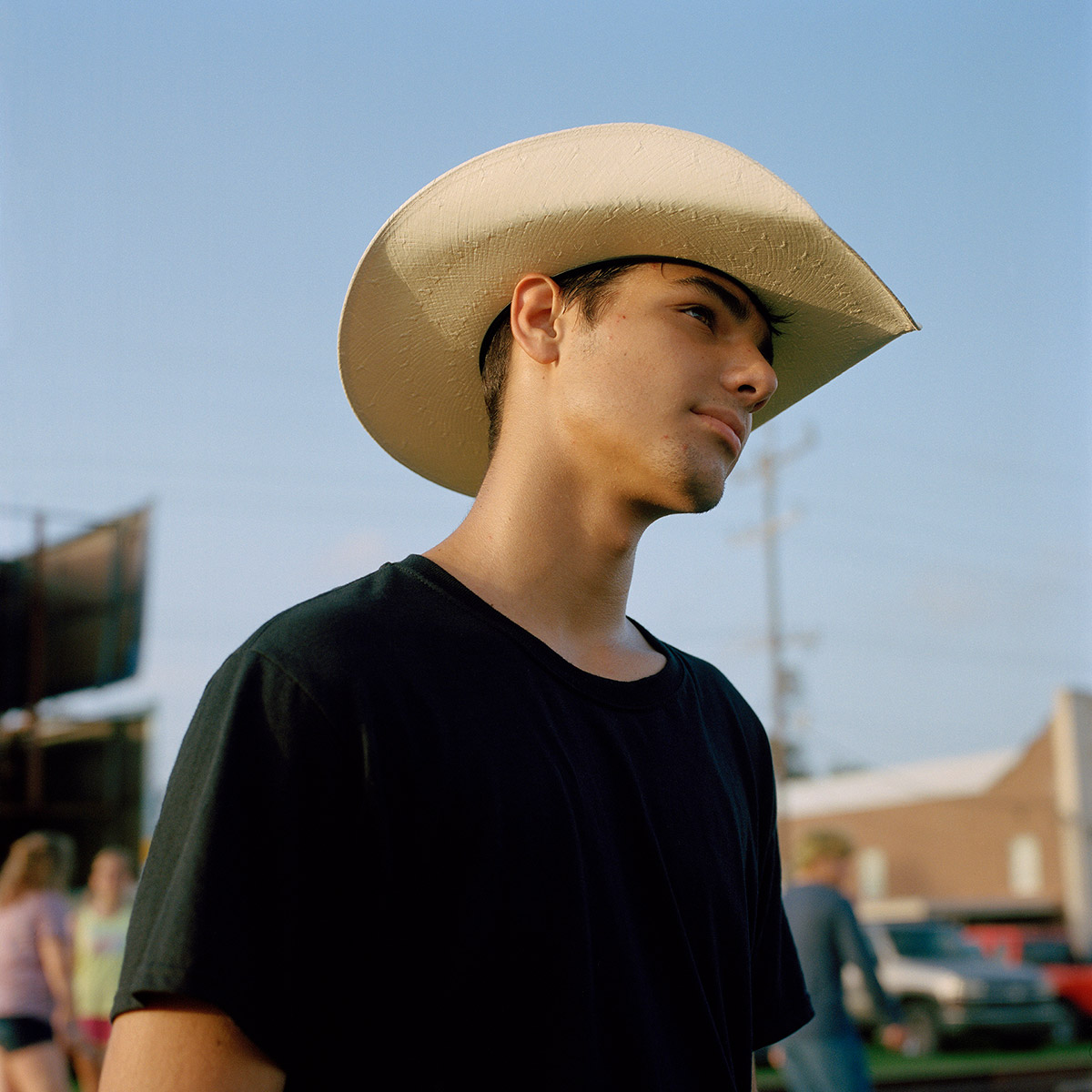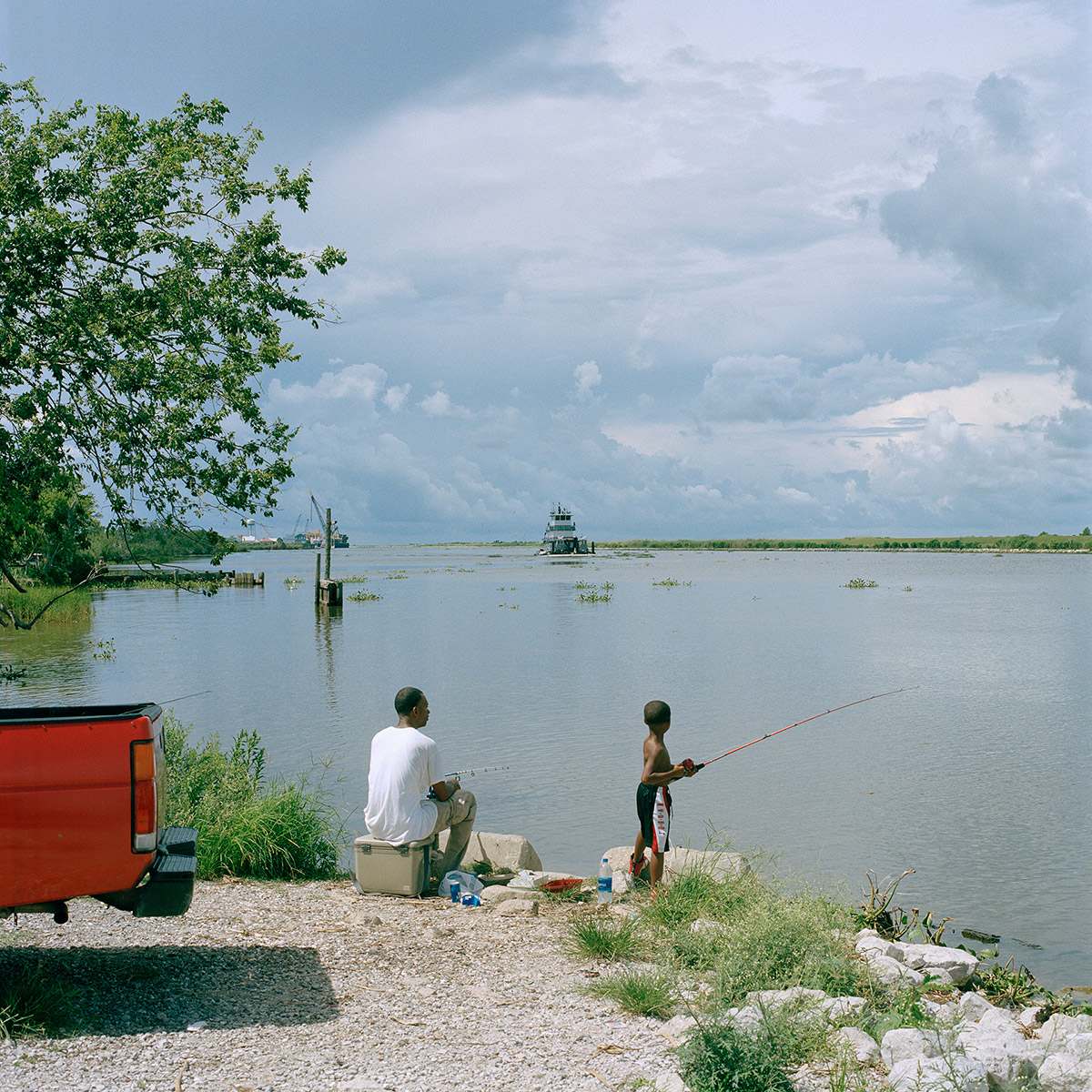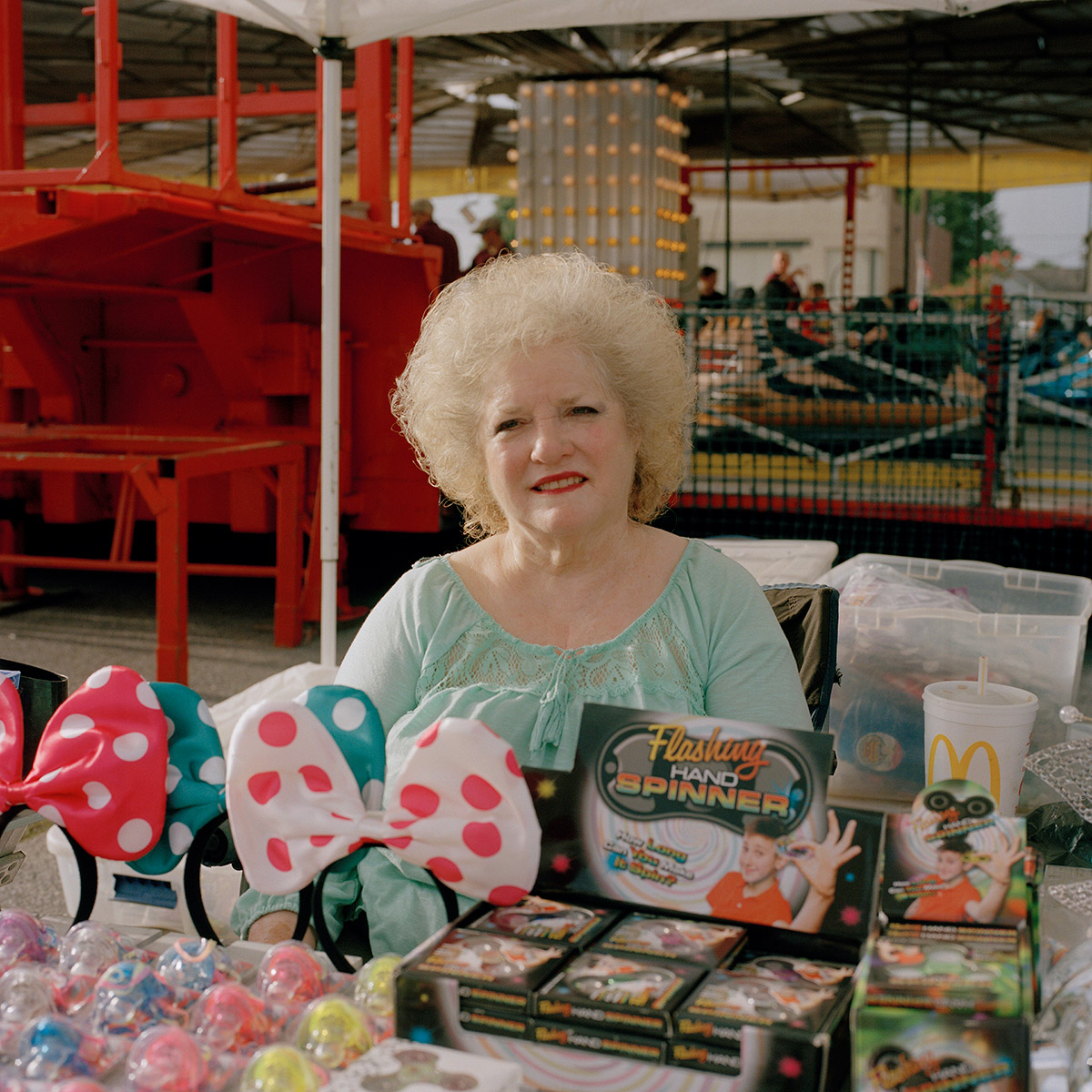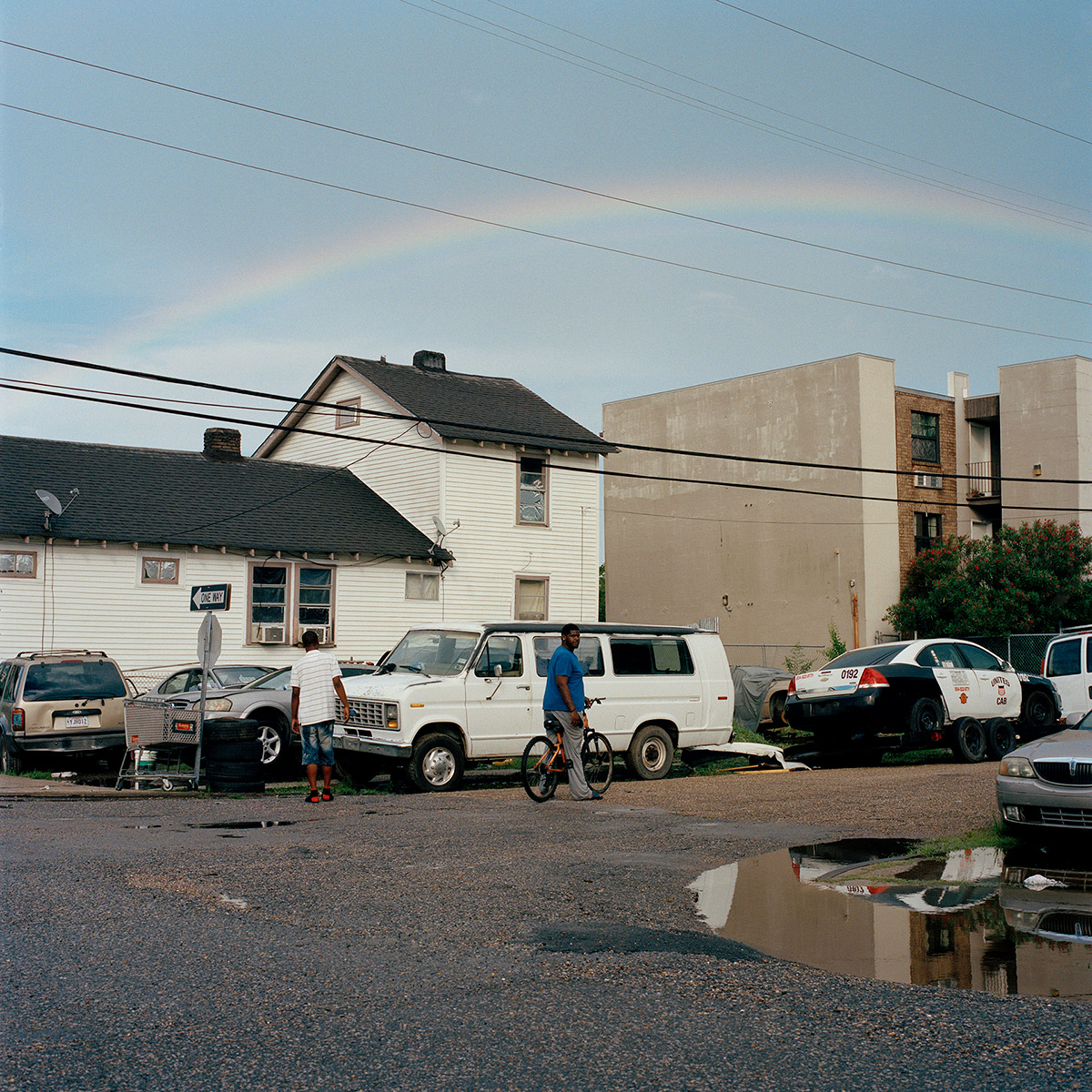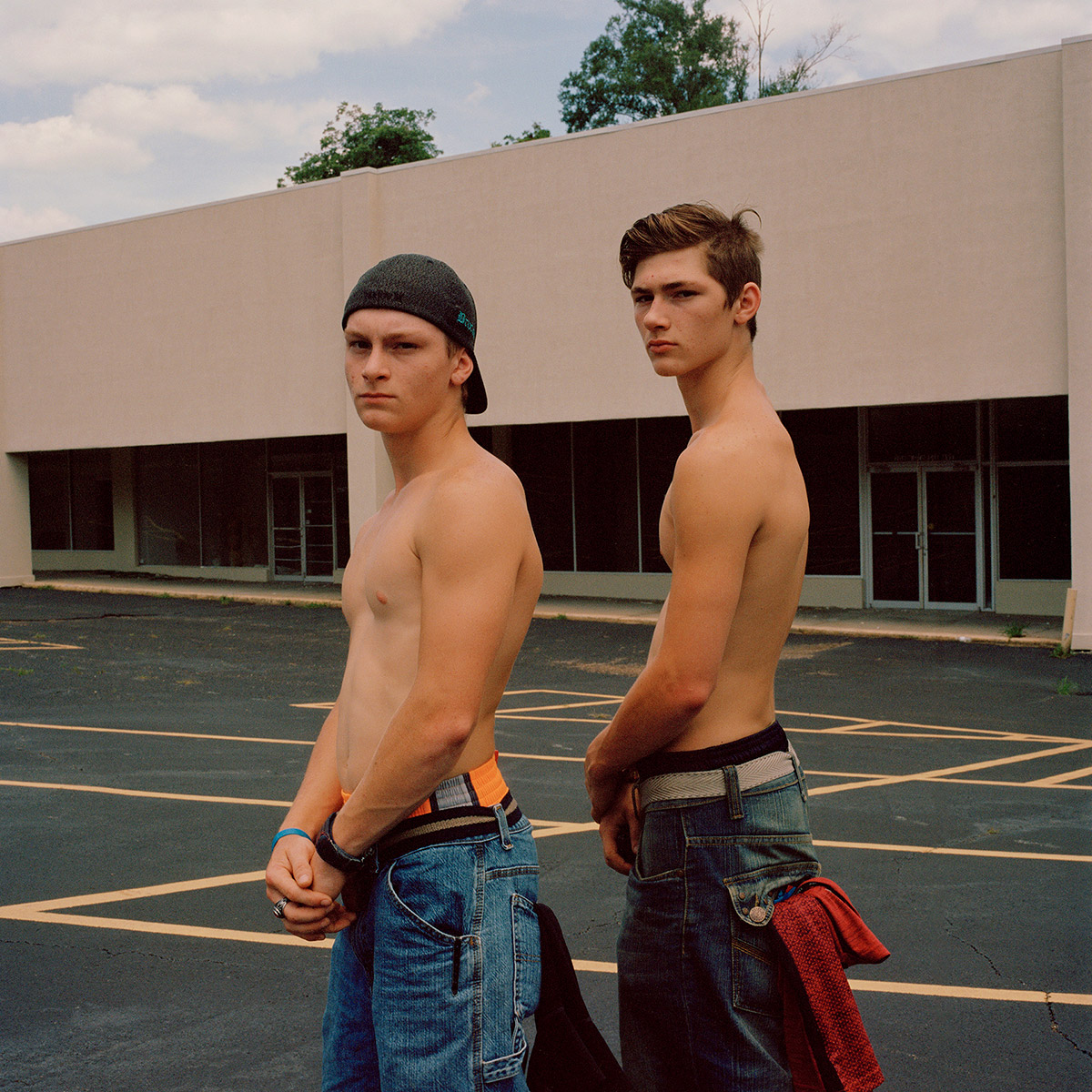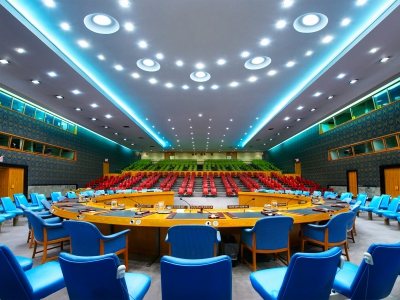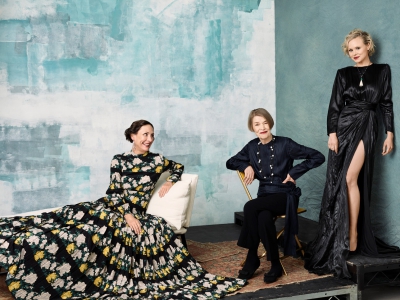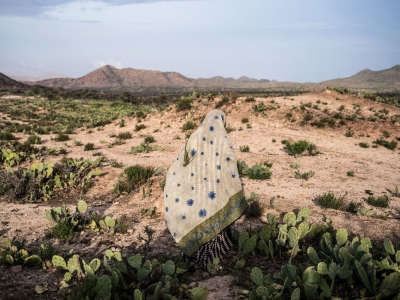CG. Broadly speaking, Why did you chose to pursue post-secondary education in photography?
AB. Photography was something I always aspired to do but didn’t have the confidence to go for. After having studied Social Work and working as a sociotherapist, I was unhappy and I felt I had to pursue that dream, I was a total photography rookie.
I was always a bit mystified by having my photo taken and how often I found myself completely disconnected with the finished image.
NA. I first fell in love with photography when I was in elementary school and my late aunt was exploring photography. I would model for her at the time, and I was always a bit mystified by having my photo taken and how often I found myself completely disconnected with the finished image. This prompted me to explore photography, specifically self-portraiture, as a means of understanding myself and in turn others. I had plans to pursue English, but I applied to OCAD and embarked on my journey as an artist and image maker.
FF. I deferred my acceptance to McGill after high school and took a year off to work and travel. Once I got to university, I was unhappy in my program and feeling a bit lost. On my year off, a good friend andIi had gotten into the habit of walking around our city together [Hamilton, ON] and taking photographs. So, I decided to apply to the Concordia photography program. After a year, I transferred to Ryerson. My expectation going into photography was to develop an art practice and create beautiful images. Mainly, I was feeling a bit lost and looking for a creative, challenging outlet.

© Fehn Foss
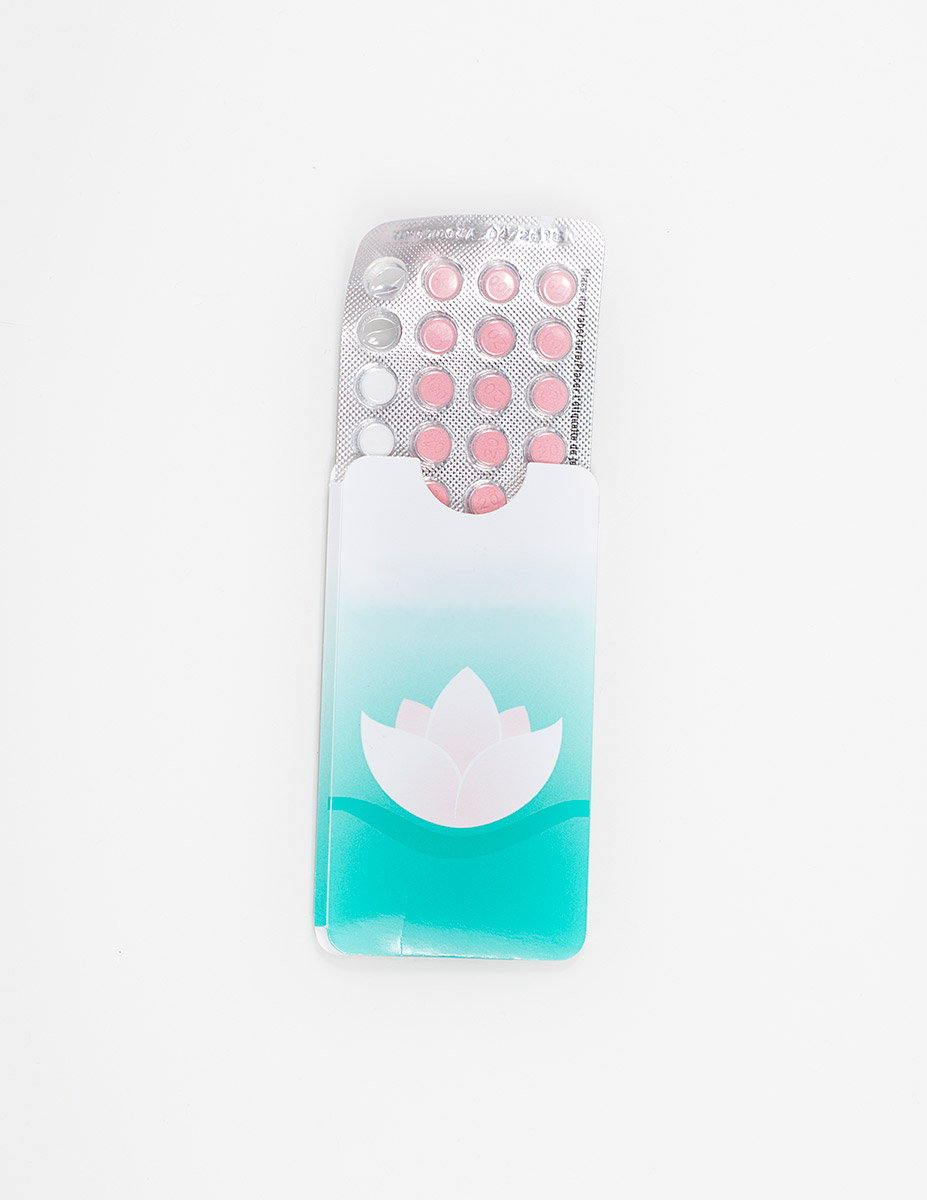
AY. I had a very traditional experience choosing university. I’ve been doing photography since I was 14, working professionally and on projects during high school. By grade 12, I had my sights set on Ryerson. I did have a brief moment of insecurity wondering whether I should do a broader arts degree. But, after getting a few offers from other schools, I knew I didn’t want to do anything except for a photography-specific program. Once I was in school, I figured out what I came for, and how to make the most of it.
SS. In combining the photography courses with courses in my other interests, I was able to connect the ways in which photography and fashion are signifiers of identity.
RB. I first became interested in photography during my sophomore year of high school and ever since then was completely devoted to pursuing it. I ultimately selected SVA since I had done a summer pre-college program there and had really enjoyed it.
RC. I discovered photography in high school – our school was built in the 70’s and had a darkroom. I spent all my time there in the later half of my high school career, so it felt like a natural transition to continue with photography for post-secondary.
CG. What did your program focus on? And was it what your were looking for?
AY. Not sure if Fehn would agree with this but I would say ours, at Ryerson, was 60% theory, history and conceptualization, and 40% technical. Although I do feel very adept with my technical knowledge, I think Ryerson’s strength is teaching project development and the theories and histories to support your projects. The focus was for the art and gallery world, less the commercial editorial world.
SS. The emphasis of my photography courses was on photojournalism and art history. I was interested in these courses specifically to broaden my bank of photographers and to tie my love for visual storytelling with my own style which is more fashion/editorial oriented.
AB. The Royal Academy of Art is a school that is focused on enabling you to develop your own voice and that challenges you to go further than just recording moments and stories. A lot of the work produced there is quite conceptual; a bit too much for my taste. I had some trouble with finding my voice while studying there, I am more of a storyteller and also interested in the photojournalism part of it. The first year is technical and theoretical, the next couple of years you build your artistic identity. They are very much about the process of making instead of totally focusing on the end results

Everywhere around the community you could see broken down cars in from of the houses, mostly used as extra storage space because the houses are overcrowded. The signs for safe driving can be seen too, accidents do happen on occasion, there are hardly any streetlights in the community. Streets are not paved, they are numbered but there are no street signs. There are no traffic lights. © Angeniet Berkers
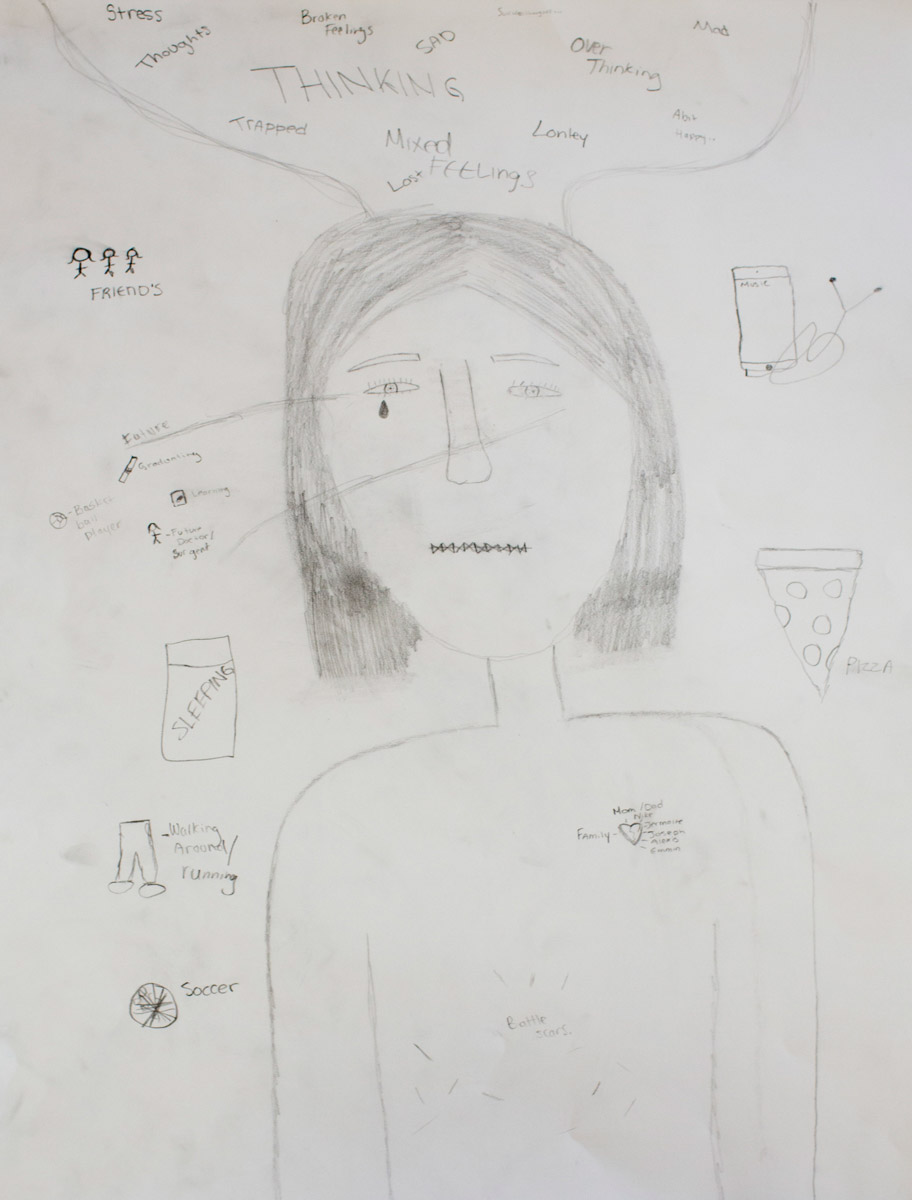
Drawing made by one of the participants of the workshop I gave at Kattawapiskak Elementary School in grade 8. I asked them to draw themselves and their likes and dislikes in and round it. They also filled questionnaires. © Angeniet Berkers
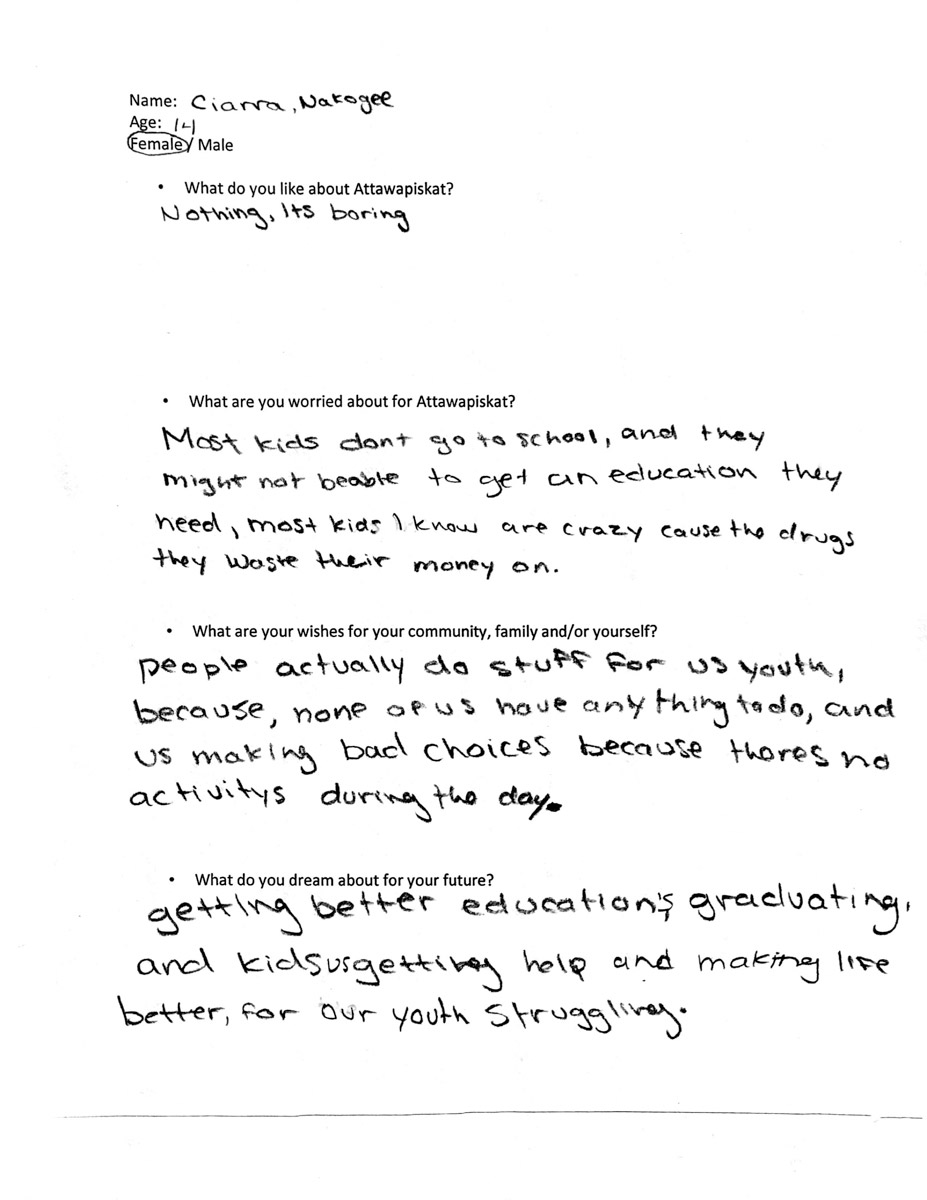
SS. I didn’t take many technical classes other than darkroom.
AB. No ‘digital darkroom’ lessons?
SS. Nope! I am only shooting on film at the moment.
NA. OCAD placed a lot of emphasis on conceptual development. The program itself hardly focused on technical proficiency. While there were a couple of classes that delved into the technical aspects of photography, it was never in great depth. I found that the structure of the program was one that expected proficiency. Even in the few technical classes I took, the level of technical development was minimal. I’m very thankful that OCAD provided such a strong emphasis on concept, but I do feel as though many people coming out of that school would agree that the technical elements of photography could have been explored more thoroughly.
FF. My first year at Concordia was entirely analog. We learned both Black&White and colour darkroom. No digital photography until second year. I was very thankful to have that first year at Concordia as my introduction to seriously studying photography. I agree with Alia about the structure of Ryerson’s program. I felt that a lot of students attending the program had very different desires in regards to what they were wishing to get out of the program. I simultaneously wish I had more of a technical education and yet I also wish there had been more discourse around photography’s role in the contemporary art landscape (and for the general public) and how artists use it to critique, challenge, and subvert problematic norms and structures.
SS. I also wish I had an emphasis on the discourse around photography in the contemporary art landscape.
FF. It’s where I found myself the most interested, the most passionate. There was one course called Topics In Photography, where we had some incredible debates and I craved more of that.
RB. Totally agree with Sabrina and Fehn about wanting more insightful discussions. The SVA curriculum was predominantly focused on technical proficiency (studio lighting, darkroom, classes on Adobe programs, printing etc) for the first two years. Eventually, after all these mandatory introductory courses, we were able to finetune our schedules to coincide with individual interests and goals. SVA is great at providing its students with the practical skills to be a working photographer and how to market yourself…however, I think a potential pitfall is the lack of emphasis on theory or contemporary discourse (only really had access to conversations on these things during my senior year).
After all of the courses and ideas you explore and think about in classes it's important to be able to actually pursue these ideas, and have money to do so!
RC. At Sheridan, the photography program was, in my opinion, 60% technical (we had specific lighting classes, photo fundamentals, photoshop, and touched on printing, work flow methods, and so on) and 40% conceptual development/discussion. I feel like this balance set me up with a good starting point after graduating.
AB. I really missed the more practical part of starting your business by getting funding for your projects, finding partners, commissions, pitching at newspapers etc. Did you guys get classes about that part, about ‘after’ graduation?
AY. We had one class where guest speakers came in to touch on these topics, but what you learn is dependent on what the speakers share. I often craved more of that practical after grad knowledge too.
SS. I 100% agree. Most of that I tried to find researching myself or talking to professors on my own after grad.
NA. I agree! I found OCAD really lacked in preparing graduates for the business side of things. Also, I found there to be next to no preparation for grant applications, where to find funding or how to approach them.
AB. We luckily had a one day masterclass about grant writing from Donald Weber.
SS. After all of the courses and ideas you explore and think about in classes it’s important to be able to actually pursue these ideas, and have money to do so!
CG. How did studying photography contribute to helping you find your specific area of interest, or vision, as an image maker?
AB. We had to do this visual research with every new project we started. It involved finding out what had been done about the topic and search for work that fitted your interests. We had to make a huge dossier out of it. Get as much stuff from internet, newspapers and magazines, cut it out and write comments on them, make pinterest pages, do presentations about favourite artists, look for photo books and discuss them with each other.
AY. Having to do projects constantly in second and third year really forced me to find out what I loved to make. I figured out my love for environmental portraiture could be used alongside a concept or to tell a story. It also helped me realize a desire to look inward at the feminine histories of my family. And, through different assignments, I figured out new ways to tell those stories. The constant making and doing “more and more” made it so at the end of the fourth year, I knew how to develop a project with my voice exactly how I envisioned it.
FF. In my case, it came down to specific professors as well as being inspired by some of my peers’ interests and works. Photography’s ability to seep into other media is absolutely exciting especially, its history of being the medium that was almost immediately accessible for women. The power dynamics of the subject and the image-taker/maker become a ripe area for dialogues on power and histories too, which has always interested me.
Photography's ability to seep into other media is absolutely exciting especially, its history of being the medium that was almost immediately accessible for women. The power dynamics of the subject and the image-taker/maker become a ripe area for dialogues on power and histories too, which has always interested me.
A. I’ve always been interested in how people market themselves through photography. A great deal of my practice turns to the ways we perform ourselves. Specifically, the question of the avatar has always fascinated me, whether within social media that are more generalized like myspace, facebook, twitter and instagram, but also in very specific social applications that focus around sexual worth, capital and power like scruff, grindr, etc. Photography allows me to understand personal motivations in a social sense, and how people go about finding satisfaction and understanding amongst these digital theater-type spaces.
RB. I think being as far removed from the region/culture I grew up around granted me both critical distance and feelings of nostalgia. Which ultimately inspired me to journey out of NYC and photograph the contemporary South.
RC. In my program the first two years (of a four year program), were mostly dedicated to exploring all types of photography. We were constantly introduced to photographers and the latter half of school was developing your own ideas/concepts/identity. That was just tip of the iceberg for me in terms of figuring out my own style – I’m still figuring it out now!
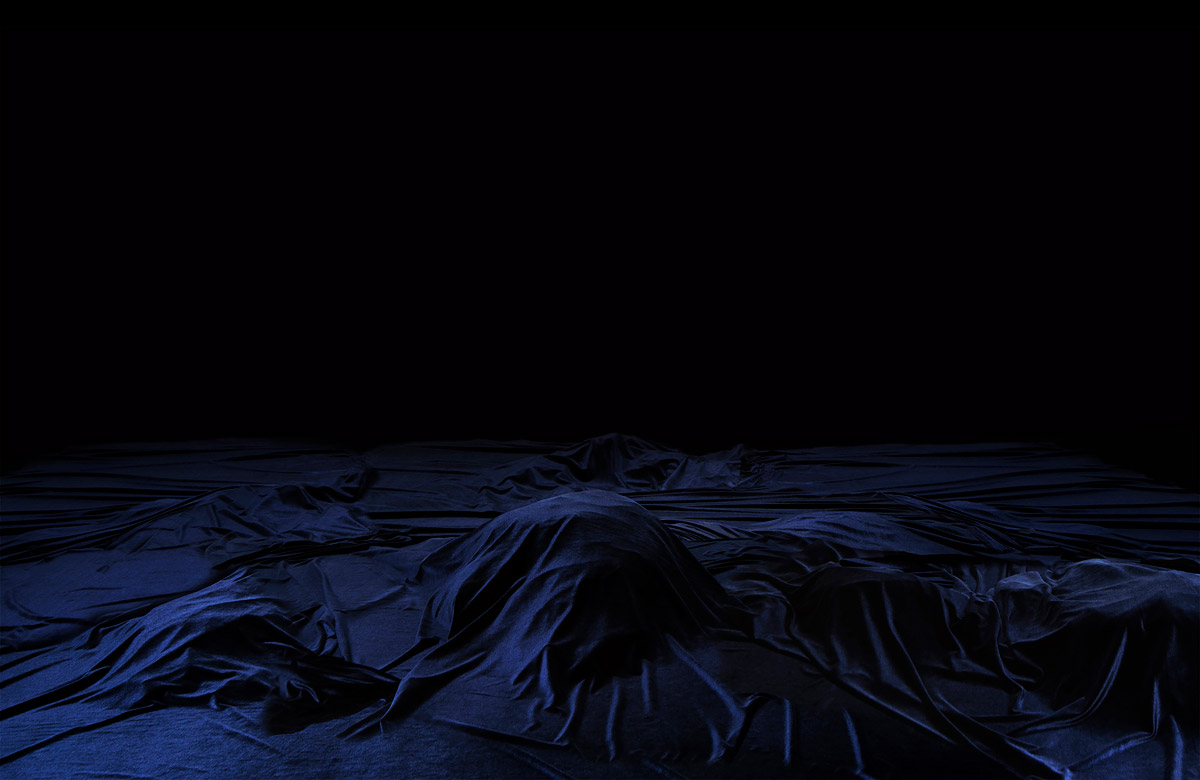
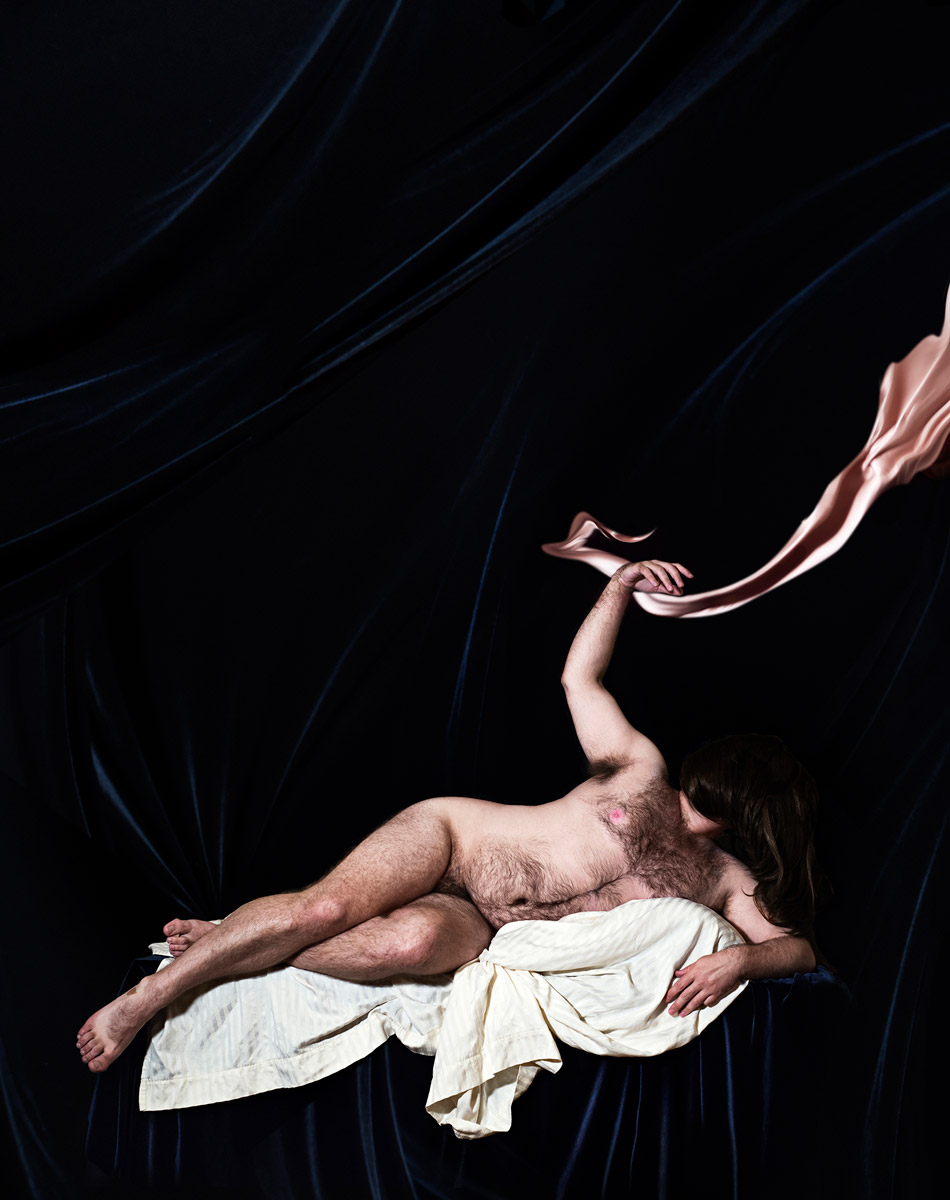
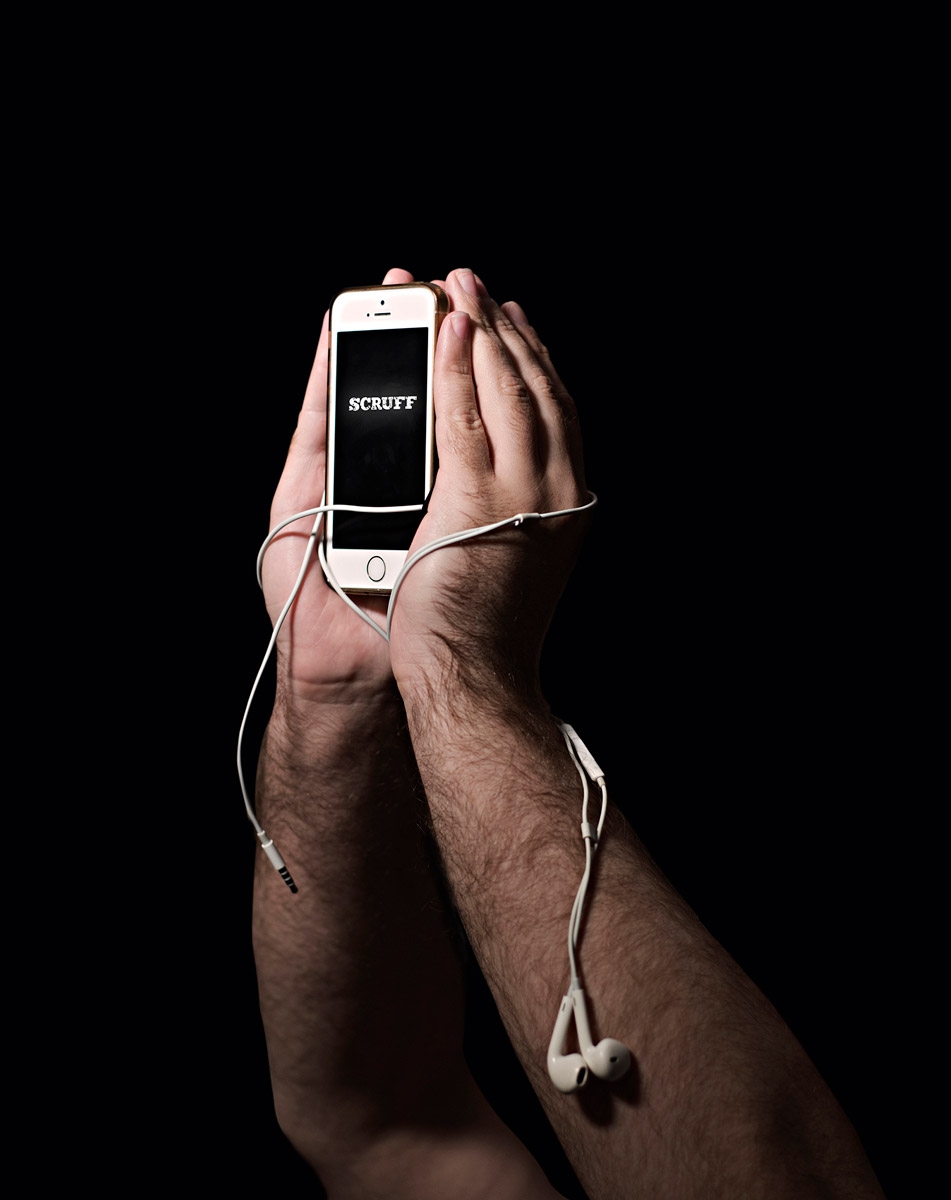
CG. Peer feedback, collaboration and individualized critique are also important opportunity for growth that formal programs provide.
RB. Absolutely, how is everyone continuing to stay inspired and engaged with their artistic communities now that you’re not in class every week? I’m still trying to figure it out.
NA. It is such a challenge! I truly miss school so, so much. Critique, discussion and debate are so important. Being around different individuals with very, very different understandings of photography and art is something that I cherished.
FF. I’m trying to stay engaged in what is happening around the world both politically and artistically. But it is hard to find time. I am looking for helpful tips in terms of carving time out of the hectic nature of everyday life to ensure that my art practice doesn’t get permanently placed on the back burner!
AB. I try to meet up with classmates when I can. But, since everyone is so busy, it is not easy to set a date! I set goals and deadlines for myself to keep on going and I go to festivals, portfolio reviews and exhibitions as much as possible.
SS. I’m trying to focus on working on one aspect of photography at a time. For instance, right now, I’m searching for photographers who capture groups of 6+ people really well. That has led me to find new photographers and page hop. I also run an arts platform called Visceral8 which helps me always try and stay engaged with not only photography but other mediums.
I have mixed feelings about social media since there tends to be an element of pure networking/status rather than mutual criticism or guidance. There’s something so beautiful about having an in-real-life critique.
A. I feel that having a dedicated space for discussion and critique is integral for growth. Without the diversity of the classroom I find it harder to see my work from different angles. That face-to-face interaction is hard to come by and organize without school.
SS. I’ve also been thinking of holding a group once a month for artists in NYC to have a critique/place where we can discuss things we’re thinking about and making!
RB. That’s such a great idea I think the internet/social media has in a lot of ways replaced that in person classroom experience for me, especially since I moved out of NYC right after graduating. I have mixed feelings about social media since there tends to be an element of pure networking/status rather than mutual criticism or guidance. There’s something so beautiful about having an in-real-life critique.
RC. I mainly work as a freelance photo assistant in Toronto which is a huge way I stay connected with the photography community. With that, I’ve also been able to develop relationships with commercial shooters and other seasoned assistants who I constantly go to for advice. I feel really lucky to be able to do this.
AY. Because of portfolio reviews during school I met some amazing women mentors who invite me and other emerging female photographers to workshops, portfolio critiques, etc. I also joined membership to a local photography gallery that offers similar things. I wasn’t aware these things existed, but luckily that introduction to people in the community while in school allowed me to feel a part of groups post-grad. I really love the women editorial community here in Toronto, they are very passionate, dedicated, and persistent on trying to change the editorial landscape.
AB. Wow that sounds amazing. I am currently at this crossroad where I have to take a risk and quit my job and just go for it but it will mean a lot less certainty of having enough to make ends meet.
RB. So nice to hear of such a supportive community.
AY. It’s awesome to have it here in Toronto, but I’m not sure this exists anywhere else in Canada, which makes me nervous if I were to relocate cities soon.
NA. I’m currently on the East Coast, working in Newfoundland. It is something I think about every day. It’s a definite struggle to find a strong network of people committed to change outside of major city centers. Not to say that there aren’t people in smaller areas doing such things, because there are. It is just harder to build a diverse network in smaller places with less diverse communities.
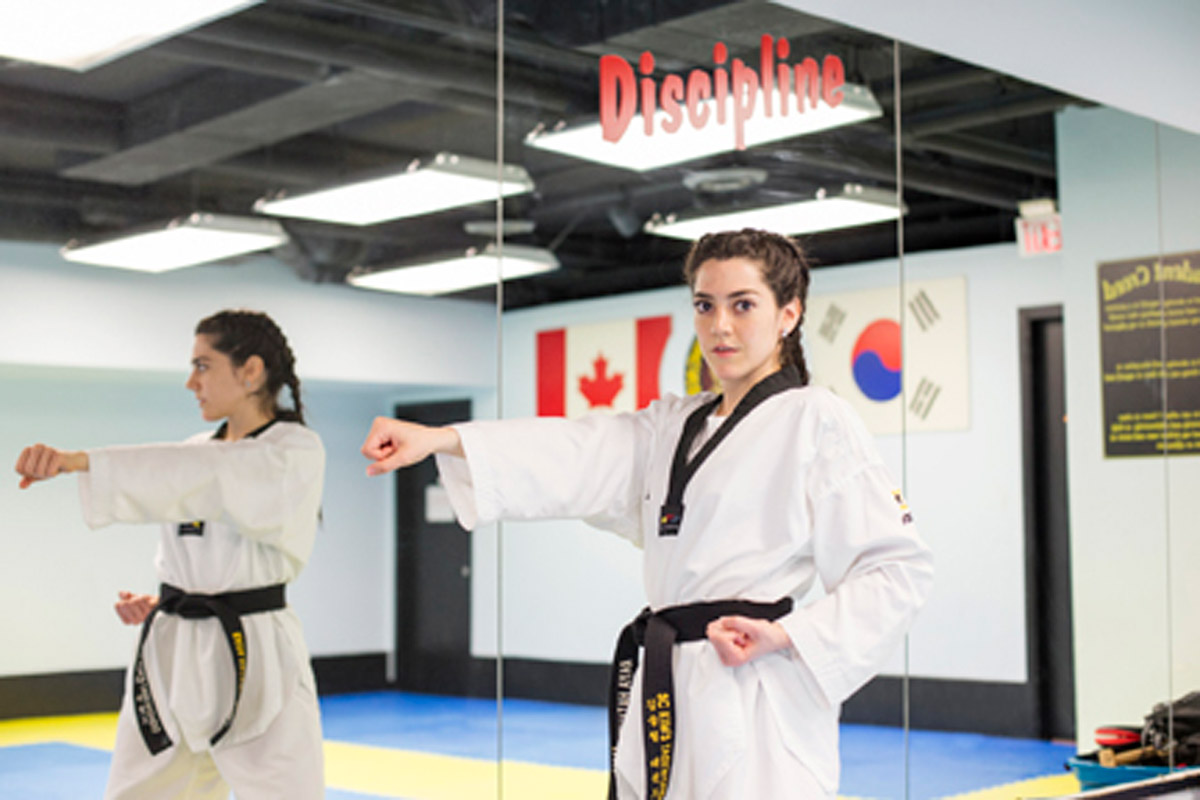

Portrait of Rayah, Ayaan and Faye. © Alia Youssef
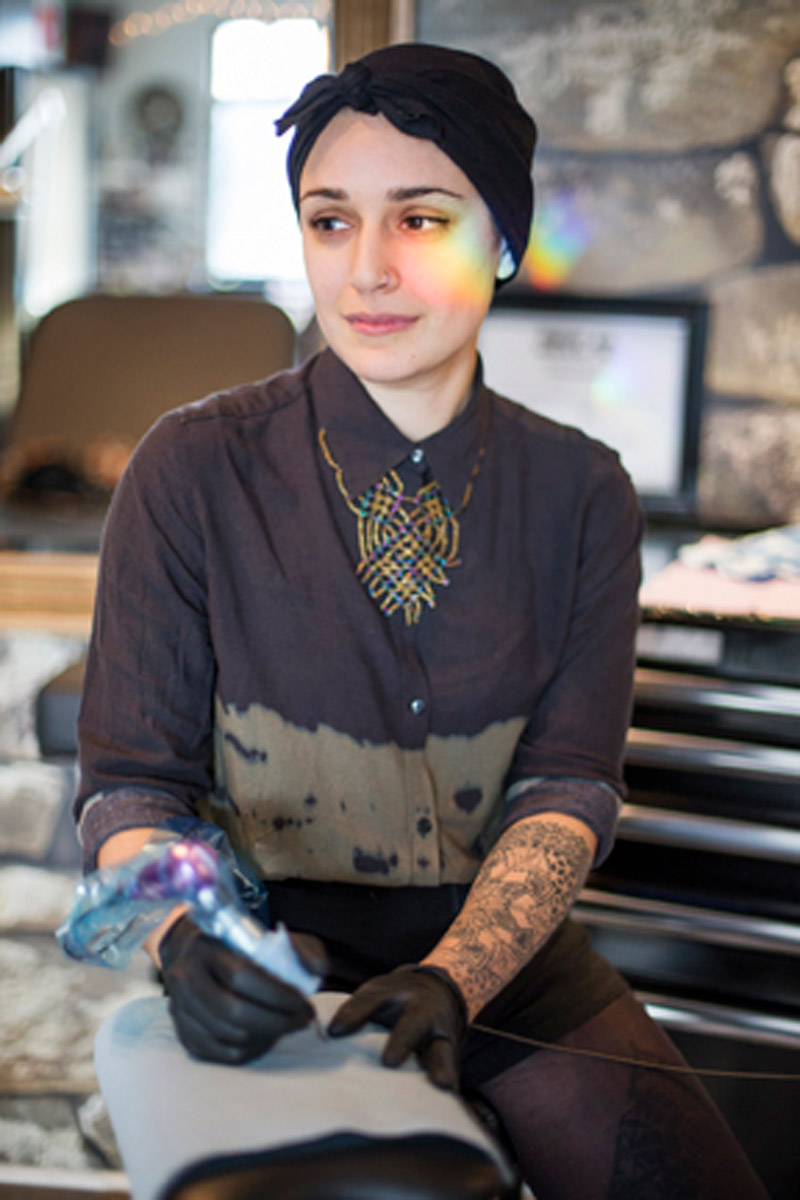
CG. The topic of socially conscious representation is relevant to all your respective work. Did your schools prioritize marginalized voices and diversity, both in terms of curriculum and professors/instructors?
NA. It was a mixed bag. A lot of faculty at my university were committed to helping build these voices, but there were a few professors that just did not know what to do with socially conscious artists and discourse.
SS:.I think there needed to be a stronger push for that at NYU, especially being in New York. Curriculum and professors often felt very one sided, with exceptions of course. As a woman of color this aspect of photography is extremely important for me.
AB. There were as many male as female teachers in the school but all white though. I think that about 25-40% were foreign students, mostly from other parts of Europe, but the school is definitely predominantly white. I do think some students were putting this issue on their personal agendas and it was discussed often in classes because of that.
I wonder, if I had a more diverse faculty would I have been challenged to grow more?
FF. I felt as though at Ryerson we had some really good, in-depth conversations about diversity and inclusivity. But in terms of the actual representation being implemented to faculty, it was certainly lacking. The vast majority of professors were great supports and good at making space and building up marginalized voices though. I think that Ryerson as a university is making some positive steps towards diversity and also Truth and Reconciliation, but it is slow moving and certainly not as radical as it could be.
RB. That’s a really great question.There is some major work that needs to be done in diversifying the curriculum. Especially whose work is deemed “important” enough to be taught in photo history. There’s definitely been a pushback from students in recent years over predominately white straight male photographers serving as history of photo 101. I also think the level of discourse about socially conscious representation improved in the last two years I was in college (thankfully). It’s so relevant to my own documentary practice and the work of many fellow students.
AY. When I went to Ryerson University it was almost exclusively white faculty which is a big problem. This may have not come up as an obvious problem in having meaningful conversations regarding some projects (like mine which deals with the Muslim community) but I wonder, if I had a more diverse faculty would I have been challenged to grow more?
RC. There wasn’t a strong focus on marginalized voices or diversity within the curriculum but all students were encouraged to pursue their own individual artistic voice, which for some students meant exploring race, religion or ethnicity through their photography.

© Sabrina Santiago

My education was instrumental in me feeling like I am an artist, giving me confidence, and to understand now how to build any future projects with research, development, and making decisions on showcasing its final form.
CG. In our image-saturated world where photography is more accessible and overflowing than ever, do you think it is necessary for photographers to pursue a post-secondary education?
FF. Not necessarily! I think how accessible photography is gives it the potential to be the most democratic medium. Image-making is something that can be self-taught but I wouldn’t exchange the critical/academic portion of my education and I have no regrets about studying photography, personally.
RB. I wouldn’t say it’s absolutely necessary for everyone but it’s allowed me to drastically improve from where I was four years ago and has provided me with industry knowledge that I wouldn’t have otherwise.
SS. Post-secondary education feels imperative nowadays, but I don’t think you have to study photography.
AY: I know people find success without it but personally, I don’t think I would have found my voice or would have my career sights set as high without it. My education was instrumental in me feeling like I am an artist, giving me confidence, and to understand now how to build any future projects with research, development, and making decisions on showcasing its final form.
Post-secondary education is something that does come as a bit of a luxury. It is a highly privileged space. Still, it is not what turns us into prolific artists and it is definitely not something that makes us worthy of an audience and/or impact socially.
AB. I never would’ve got where I am now without this education but that is my personal experience. I know quite a few photographers who walked another path without education that I really admire so it is surely possible.
RC. Although I don’t regret my time at school, I don’t think it’s necessary to pursue a post secondary education in photography. I’ve met quite a few assistants and photographers that didn’t go to school that are successful in what they do. That being said, it was critical to my personal development. School was gave me opportunities to start building a network of industry contacts.
NA. I do not think post-secondary education is necessary for photographers. Though the interpersonal connections and time to dedicate to growth were definitely indispensable in teaching myself to trust myself, I do not think that it is necessary for photographers to seek institutional education. There are so many different ways to immerse yourself in creative practices and to find knowledge. Post-secondary education is something that does come as a bit of a luxury. It is a highly privileged space. Still, it is not what turns us into prolific artists and it is definitely not something that makes us worthy of an audience and/or impact socially.
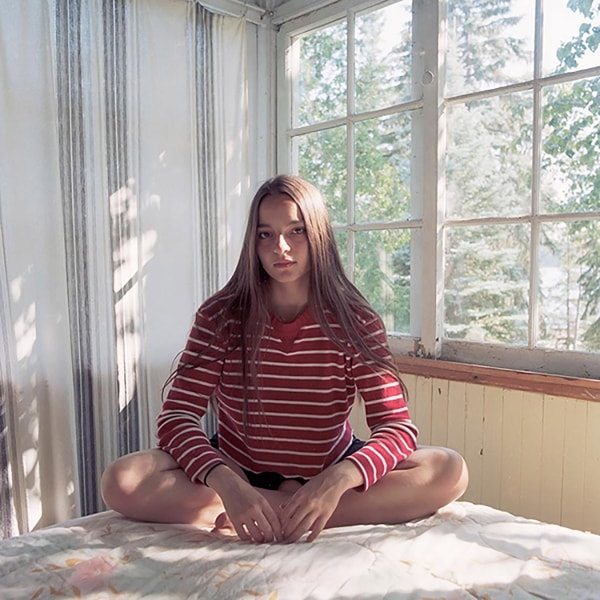
Clea Christakos-Gee is a Toronto based artist currently completing her BFA in Photography Studies at Ryerson University. Her practice, centred on female fashion and portraiture is grounded in analog photography. She often considers the representation of gender,femininity, self-identity, the body, friendship, attachment and personal memory. She also works with mixed-media and often incorporates collage, drawing and painting in her image-making.
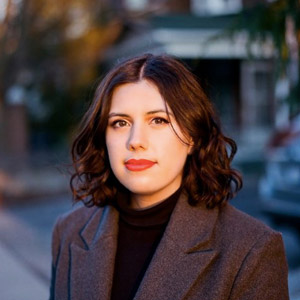
Alia Youssef is a Toronto-based artist whose work focuses on womanhood, familiar relationships, and gendered Islamophobia. Her long-term series, The Sisters Project, combats negative stereotypes of Muslim women by showcasing the diverse stories of inspirational women across Canada. She completed her Bachelor of Fine Arts in Photography with Distinction at Ryerson University in 2017 and will be pursuing a Documentary Media MFA at the same institution in the fall.

Angeniet Berkers is a social documentary photographer and photojournalist based in Rotterdam, The Netherlands. She has been working as a sociotherapist in the field of residential mental health care since 2007. In 2017 she graduated from the Royal Academy of Art in The Hague.

A recent graduate from Ryerson University’s Image Arts program, Fehn Foss is an image maker and writer who enjoys a good debate. It has taken Fehn seven years to get a BFA; she is neither ashamed nor proud of this fact. She splits her time between Hamilton, ON and Toronto, ON.
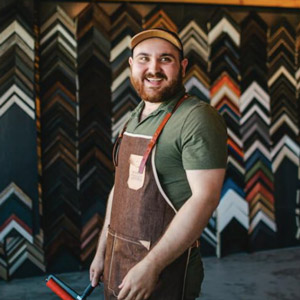
Nicholas Aiden is a queer artist from St. John’s, NL and holds a Bachelor’s of Fine Art in Photography from OCAD University. Their work is a relentless questioning of identity and subjective navigations of the sociality of the ‘self.’

Maintaining a balance between art and commercial projects, Rachel Cicoria seeks a thoughtful approach, creating narrative through portraiture. Rachel is based in Toronto and is a recent graduate of Sheridan College’s Bachelor of Photography Program.
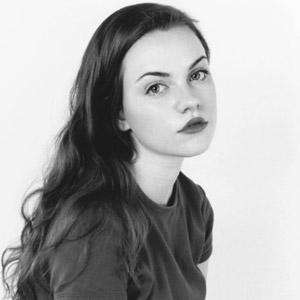
Rosie Brock is photographer currently based in Virginia. Born in South Carolina and raised in both Gulf Coast Florida and Virginia, she is heavily inspired by her childhood spent in the American South. Her work explores how fable and fact are deeply intertwined throughout this region. She went to SVA.
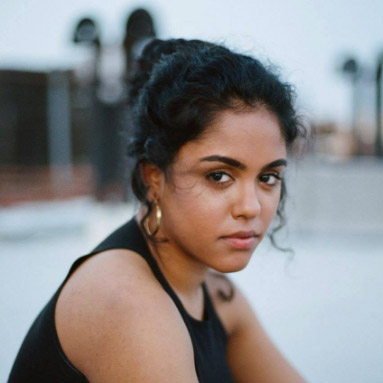
Sabrina Santiago is a photographer based in New York, NY. She is intrigued by moments of everyday life and how photography can bridge the gap between reality and fantasy. She is the co-founder and editor-in-chief of VISCERAL8, and has worked at several fashion companies. Her latest project was in collaboration with Ryan McGinley x Polaroid Originals. She graduated from the Gallatin School of Individualized Study within NYU.
The conversation continues!
We would love to hear from students and recent graduates from other parts of the world about their experience, as well as from those who’ve pursued a different path, seeking mentorship or learning on their own. What did your training provide you with, and what do you wish you would have known earlier?
If you’d like to add your voice, submit your response to our editor,
Laurence Butet-Roch at laurence@magentafoundation.org

